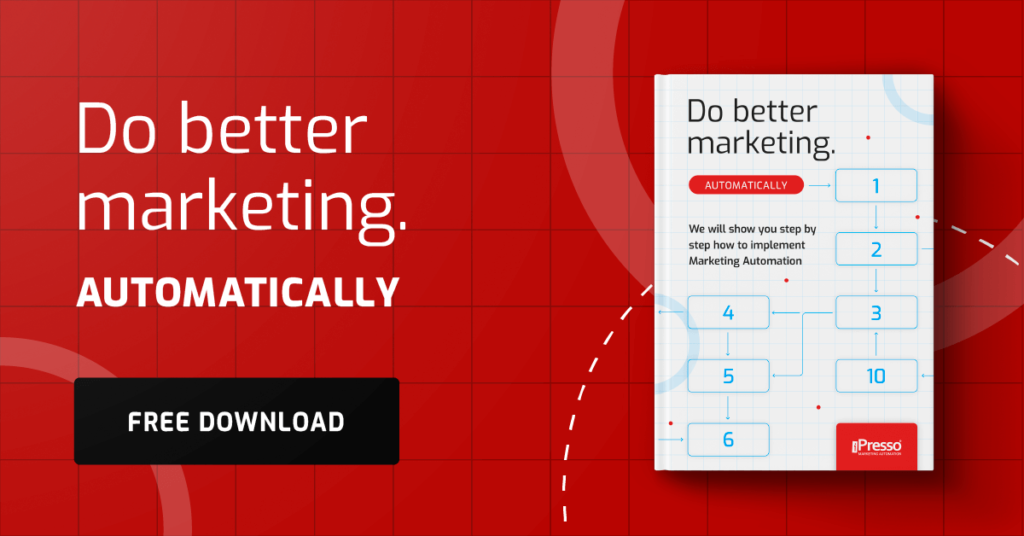Necromancy in Marketing: How we resurrected “dead” subscribers and turned them into paying customers

Acquiring a new customer is only the beginning of the journey. The real challenge and often underestimated opportunity lies in re-engaging those who were once active, but for various reasons stopped responding to your communications. We’re talking about inactive newsletter subscribers, customers who haven’t bought anything in a long time, or users who abandoned their shopping carts and never came back. Ignoring them is a waste of valuable potential – after all, they’ve already shown interest in your brand in the past.
Think of a re-engagement strategy as a golden tool to optimize your customer and subscriber base. It’s not only a chance to increase sales, but also to improve message deliverability (lower spam rate) and better understand your target audience. So how do you effectively win them back using automation and omnichannel strategies? Let’s dive into advanced re-engagement scenarios!
Why is remarketing so important?
Before we get to the “how,” let’s answer the “why” question. A few reasons why you should invest in remarketing campaigns:
- Lower costs – acquiring a new customer is usually more expensive than reactivating an old one. You already have data on an inactive user and know what they used to be interested in.
- Improve deliverability – sending messages to unengaged recipients increases the risk of falling into spam, which will most likely affect the deliverability of emails to all subscribers.
- Increase Lifetime Value (LTV) – reactivated customers may become loyal buyers again.
- Valuable data and segmentation – analyzing the behavior of inactive users can provide valuable insights into why they have disengaged.
Build advanced, multi-channel re-engagement scenarios
Automation and omnichannel are key to success. Don’t just rely on emails – go beyond the scheme and take advantage of the synergistic effect of different communication channels.
Start with a simple scenario to serve as a starting point. After about three months of subscriber inactivity, send the first email as a gentle reminder. Its subject line could be “We miss you! What’s new with us?” The goal is subtle re-engagement. If the message doesn’t elicit a response, after a few days, send a second email with a personalized offer. The subject line could be “Special offer just for you, [Name]!”. In the body, offer a small discount or free shipping, emphasizing the benefits and sense of uniqueness. Finally, if there is still no response, after another 5-7 days, send a third email as a “last chance.” The subject line can be blunt: “Last chance to stay with us, [Name]!”. In the body, without beating around the bush, inform that if the subscriber does not confirm their desire for further communication, they will be removed from the list. This step is crucial to maintaining a clean database, but always remember to give a clear unsubscribe option.
If the basic email scenario doesn’t work, it’s time to enhance it with mobile and web channels.
Consider the scenario of recovering abandoned shopping carts. It is triggered by an abandoned shopping cart and no purchase within 1-2 hours. The first step is the classic abandoned cart reminder sent by email. If the customer still hasn’t made a purchase, but is active on your site or has visited it again, after 2 hours send a web push with the message “You have products in your cart!”. If you still observe no response, send a SMS message after 24 hours: “Your shopping cart is still waiting! Click to complete your shopping [link].”
Another, equally important, is the reactivation scenario of a “dormant” subscriber, i.e. a person who has not opened or clicked on emails for several months. It is triggered by qualifying the subscriber as inactive. Start by sending a message with a stronger emphasis on the value the subscriber is losing. The title of such an email could be: “You’ve been away for a long time – see what’s changed!”. If, after a week, the subscriber has visited the site but has not read the message, send a web push with the message “We miss you!” with a specific offer tailored to previous interests.
Key Elements of Successful Re-engagement Campaigns
Segmentation: It’s essential! Don’t treat all inactives the same. Segment them by how long they’ve been inactive, whether they stopped opening emails or stopped buying, and focus on what they wanted to buy and what content they viewed. This will allow for personalization.
Personalization: personalize communications to the maximum. Use first names, refer to purchase history, display products that may interest them.
Value proposition: Always give a good reason to return. It could be a discount, free delivery, access to news, a free e-book, an invitation to a webinar.
Clear CTA: Let the recipient know exactly what to do. “Receive your discount,” “Return to cart,” “See news.”
A/B/X testing: Test different themes, content, offers, channels and delays in re-engagement campaigns. Optimization is the key to success.
Automation: Use iPresso to create and manage multi-channel scenarios. This makes the process efficient and scalable.
Summary
Investing in advanced re-engagement scenarios is a strategy for building loyalty and maximizing the value of each customer. Inactive subscribers and customers are simply waiting for the right incentive. Using automation and a clever combination of communication channels, you can not only win them back, but also build a stronger and more lasting relationship with them.
Remember – every returning customer is proof of the effectiveness of your efforts and confirmation of the value you offer. Fill out a short brief and start resuscitating your database of inactive contacts today!



